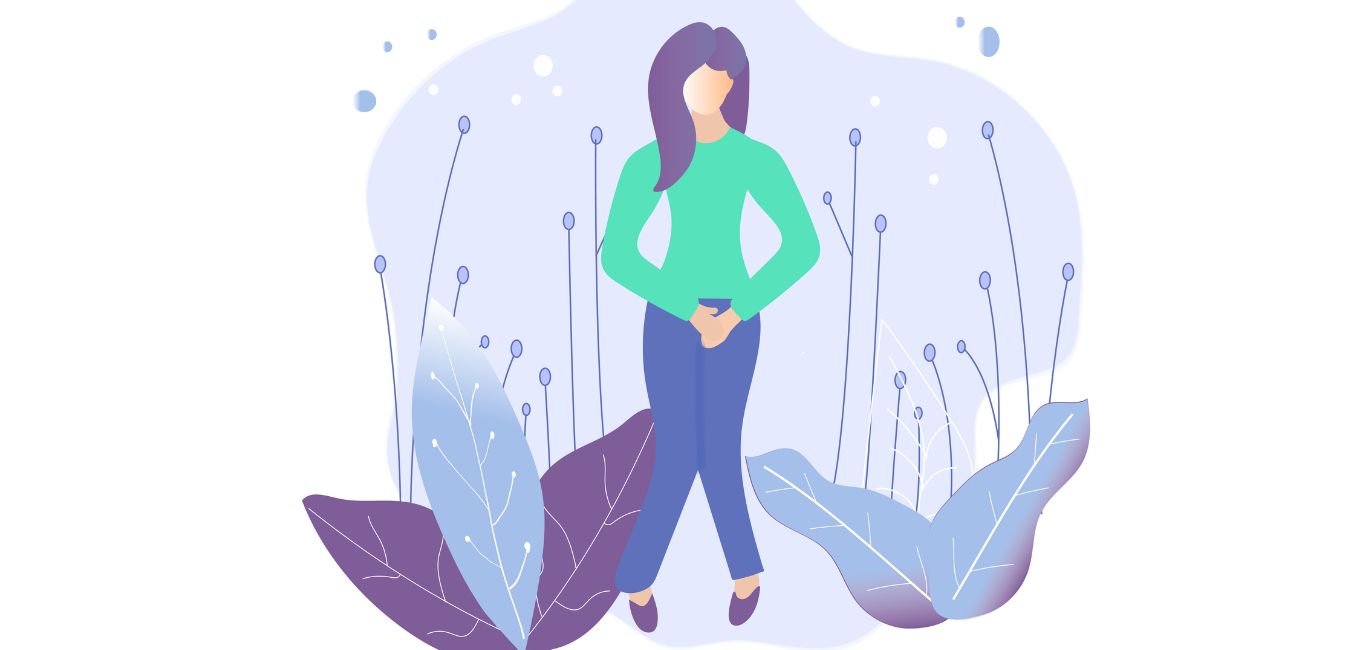
Diabetes mellitus (DM) type 2 is a largely lifestyle-influenced disease characterized by a relative deficiency of insulin and the body’s inability to use it as it should, leading to high levels of blood glucose. Generally, adults above the age of 40 are diagnosed with type 2 diabetes, but recently an increasing number of children and young adults are also being diagnosed with this condition.
Previously, this form of diabetes was referred to as ‘non-insulin-dependent diabetes mellitus’ (NIDDM) or ‘adult-onset diabetes’.
Signs and symptoms
There are 3Ps that serve as identifiers for DM type 2: polyuria (frequent urination, particularly at night), polydipsia (frequent thirst) and polyphagia (frequent feeling of hunger).
Several other identifiers also exist, including:
- Weakness or fatigue
- Unexplained weight loss and muscle mass loss
- Itching all over the body, especially around the genitals
- Frequent episodes of thrush — a fungal infection in the mouth, throat or other parts
- Slow healing of cuts and wounds
- Blurred vision
- Pain, numbness or tingling in lower legs or sudden onset of a wound (gangrene)
- Dry skin
Causes
The exact cause of DM type 2 is unknown. However, it is caused when the body fails to use the insulin that is produced due to a few reasons, including:
- The pancreas does not produce any or enough insulin to fulfill the body’s normal demands
- The body’s cells lose their sensitivity to insulin which alters the amount of glucose intake
- The buildup of a layer of tissue over cells (for example, fat in obese people) that prevents insulin from facilitating glucose into cells.
There are certain factors that push you towards DM type-2. Sedentary lifestyle, eating high sugary foods and beverages, not having control over high consumption of carbohydrates (particularly simple carbohydrates), obesity or overweight, high blood pressure, increased cholesterol levels and no to negligible activity levels are the major risk factors.
Diagnosis
A doctor can rule out the type and severity of DM based on the collaborating inferences from physical examinations, signs and symptoms, and a series of laboratory tests. Early detection can help in better treatment outcomes. Pre-diabetics who are at risk of developing DM should be more proactive when it comes to detection and therapy.
| Diagnosis | HbA1c (Glycosylated hemoglobin) | Fasting Plasma Glucose Test (FPG) in mg/dl | Random Plasma Glucose Test (RBG) in mg/dl | Oral Glucose Tolerance Test (OGTT) in mg/dl |
| Normal | Less than 5.7 % | Less than 100 | – | Less than 140 |
| Pre-diabetes | 5.7 – 6.4 | 100 – 125 | – | 140 – 199 |
| Diabetes Mellitus | Higher than 6.5% | 126 or higher | 200 or above | 200 or higher |
Key:
mg/dl: Milligram per deciliter
HbA1c: Attachment of glucose in red blood cells after increased levels of blood glucose for more than five months
FPG: Evaluation of glucose levels in the blood after eight hours of fasting
RBG: Evaluation of blood glucose at any time of that day
OGTT: Evaluation of blood glucose two hours before and after giving 75grams of glucose in 100 ml of water
Treatment
Oral medication is the first choice in DM type 2, followed by insulin later in life when the former is not able to control the condition. Several oral medication classes are used alone or in combination that proved to be effective, including:
- Biguanides like Metformin
- Sulfonylureas such as Glimepiride. Glipizide, Glyburide
- Meglitinides like Repaglinide
- Thiazolidinediones like Pioglitazone
- DPP4 inhibitors such as Sitagliptin and Vildagliptin
- Alpha-glucosidase inhibitors like Acarbose
Lifestyle modifications along with medication can also help in reducing the risk of developing DM type 2 and can result in better treatment outcomes if diagnosed. Some of the lifestyle modifications that help in keeping short-term and long-term blood glucose levels within acceptable limits are:
- Treating coexisting medical conditions such as high blood pressure, high cholesterol.
- Being physically active and exercising regularly
- Maintaining a balanced diet and reducing sugar intake
- Quitting or reducing smoking and alcohol consumption
- Losing weight
Sources

















